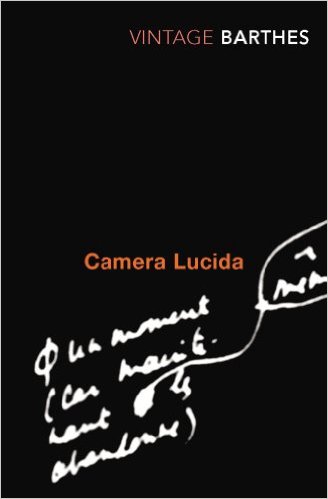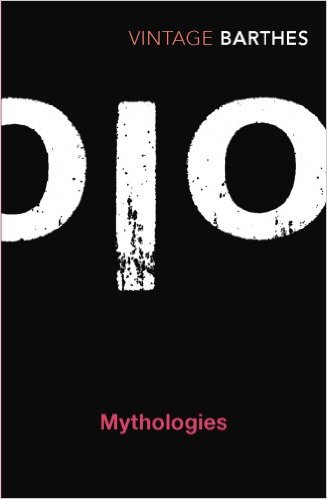
This linked photo is by Cas Oorthuys, titled ‘Black Oxford Students, Oxford, 1962’. From the Strange and Familiar website exhibition at the Barbican.
Yesterday I visited two exhibitions currently being held in London curated by Martin Parr. The first exhibition that I visited was displayed in The Barbican and was called Strange and Familiar. This was on two floors and exhibited the work of over twenty photographers who had visited the UK and photographed the British people as they saw them. These images covered a period from the 1930’s up to present day and looked at British life different angles of social and political points of view.
The Artist’s work on display:
Edith Tudor-Hart, coming to England in the 1930’s a devote Communist she took an interest in the social and political life of the English contrasting the haves and have-nots in her photographs.
Henri Cartier-Bresson, Cartier-Bresson first came to England to photograph for the Coronation of George VI and later for the Queen’s Silver-Jubilee and captured images of the British and their relationships with the monarchy.
Robert Frank, visited England in the early 1950’s before his famous ‘The Americans’ project and spent some time in London observing the life of the City and the world of the Bankers and then travelled to Wales and stayed amongst the Welsh mining community of Caerau where he felt more at home at photographed their daily-lives, visiting the coal-face as well as seeing their social-life. Frank was made to feel more at home in the Welsh community than he did in the City and his photographs reflect this in his views on London as seen as an outsider and his views of his Welsh hosts that have invited him in to their homes and their community and his images reflect that of a view from an insider.
Paul Strand visited the UK in the 1950’s and spent sometime living with crofters in the Outer-Hebrides of Scotland and like Frank was able to take photos from the privileged viewpoint of an insider. Strand’s particular interest and theme to many of his photographs during this project is texture, shapes and patterns.
Cas Oorthuys visited the UK in the 1950’s and photographed the daily-life of austerity for the English and including photos of the first Caribbean immigrants to England and his photographs of Black Afro-Caribbean students at Oxford reflecting the cultural diversity that was developing in the UK during the 1950’s and 60’s.
Sergio Larrain Visited England in the 1950’s in these images I notice his use of design, lines, angels, patterns frames within frames and reflections.
Gilles Peress, visited the UK in the 1970’s and photographed the troubles in Northern-Ireland. Working in black-and-white he records the Orange marches, street scenes aftermath of riots and murders with a compositional consideration to design, and texture. His images contrasted from the violence and misery of the working-class Northern Irish to the ordered and gentile life the privileged playing cricket or fox-hunting. My favorite image amongst Peress’ work was a picture of a child being slapped by her mother with the TV in the background with a shocked looking child staring open-mouthed from the screen. Peress used a slow enough shutter speed to provide motion–blur for the mother and child whilst fast enough to have a sharp background.
Akihiko Okamura is a Japanese artist who visited the UK in the late 1960’s early 70’s and recorded his time in Northern-Ireland in colour photographs surreal images of ladies preparing tea and biscuits in the middle of a street with burned-out houses in the background and shrines made to victims of the riots.
Garry Winogrand came to the UK in the 1960’s and recorded the London street scene of the ‘swinging 60s’
Candida Hofer like Winogrand Hofer came to England in the 1960’s and spent time in Liverpool recording the street scenes of Liverpool’s 60s era.
Evelyn Hofer used a large format camera to slow the process down and take photos of people and place in 1960’s London.
Bruce Davidson An American photographer who visited England in the 1960’s taking street photography in London and Wales with an interest in the poor and destitute.
Gian Butturini Butturini is also know as a film director but in the 1960’s Butturini photographed the London scene from street to Rock concert and contrasted with the political troubles in Northern-Ireland.
Frank Habicht Habicht’s images are of the young ‘hip’ London scene of the late 60’s.
Hans Eijkelboom visited the Bullring in Birmingham and with a concealed camera photographed people as the passed by him at the centres main entrance. He has studied how people dress alike and how he has been able to catagorize people by their clothes. For example he grouped images of people wearing the same or similar garments such as striped or spotted dresses, flowery beach style shirts, Adidas advertising T-shirts, boob tube tops, etc. He cleverly transitioned one category to another by selecting couples that were dressed in the two categories he was switching from and to this must have been produced over a long period of time. This project questioned peoples sense of individualism as clearly a large percentage of people dress alike; so perhaps as not to stand out and lacking of imagination. Many looked like they were mimicking the manikins in shops or copying the models in the lower end clothes catalogues.
Bruce Gilden using a wide angled lens and cropping tightly Gilden has produced some strong unflattering portraits of people living on the streets or down on their luck that he has come across on the streets of Glasgow. The wide angle lenses have almost caricatured them by lengthening their faces and ugly-fying them.
Hans Van-Der-Meer is a Dutch photographer who came to England and was influenced by the old Dutch landscape masters and used their style in his choice of viewpoints when photographing British amateur football matches by making use of the large space with the players small in the frame.
Raymond Depardon worked in Glasgow around the early 1980s photographing a declining city as the factories closed. These pictures in colour capture this depressing period in Britain’s history.
Rineke Dijkstra has used a large format camera.
Tina Barney again using a large format camera she has taken portraits in the style of the old master painters.
Axell Hutte visited London and took an interest in the architecture of the post war social housing developments, many of which have declined and since been re-developed.
Jim Dow an American photographer who spent some time in England in the early 1990s Dow took an interest in British small shops as seen from both inside and out. Many of these shops were already in decline when he was photographing them and as this decline continues these images are fast becoming things of nostalgia.
Shinro Ohtake captured images of Britain in the year of the queens Silver-Jubilee of 1977 with some interesting views of the British as seen from an outsider.

This linked image is by Martin Parr from his collection of photographs of the unseen city.
The Unseen City photographed by Martin Parr http://www.bbc.com/culture/story/20160301-unseen-city-martin-parr-reveals-the-square-miles-secrets
The second exhibition was displayed at the Guildhall Art Gallery and was called The Unseen City, photos taken my Martin Parr of events involving the Guildhall such as The Lord Mayor’s Show. These colour images offered an exclusive behind the scenes view of the prestigious events that annually take place at the Guildhall. Parr captured candid shots of the organizers, patrons and staff as they went about their preparation and participation of events such as the swan upping and Lord Major’s show, the unseen side of these public and exclusive events. I thought that these images were a good representation of a viewpoint seen from an outsider, an invited guest, whom, finding the whole scenario strange sees much more than his hosts and captures it in his camera.
I found the two exhibitions complemented each-other as their underlining theme was what is British-ness? This second exhibition contrasted to the first as this showed a hidden side to the British that is usually closed to both photographers and most of the British. A Britain representing the world of the elite and privileged ruling-class, this is an unelected class, Bankers and Lords that quietly work behind the scenes of British Politics and who ultimately pull the strings.














